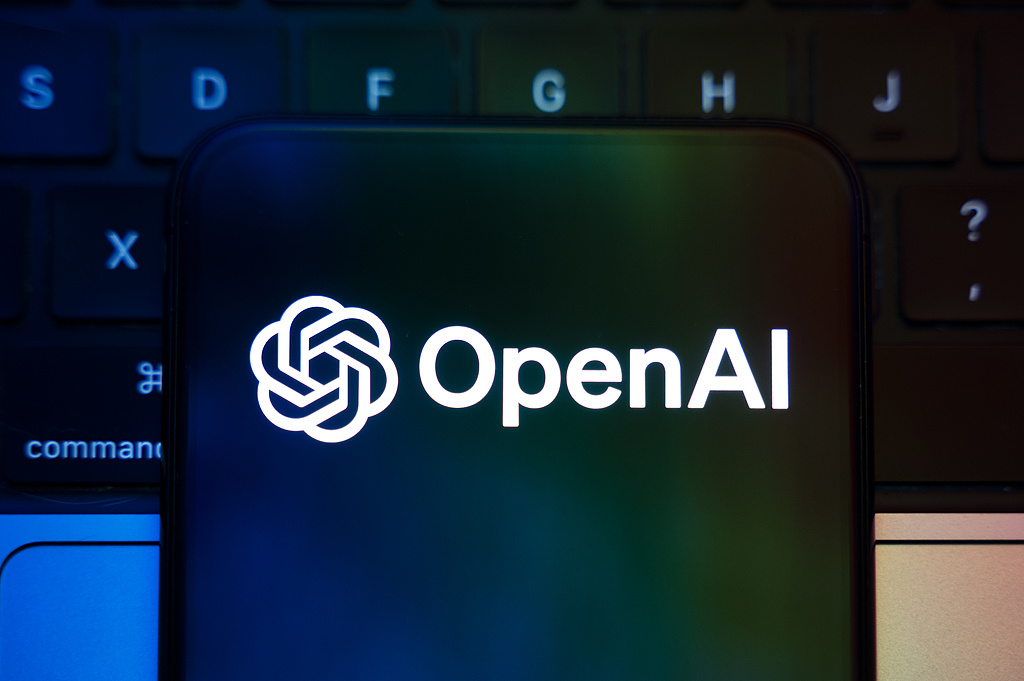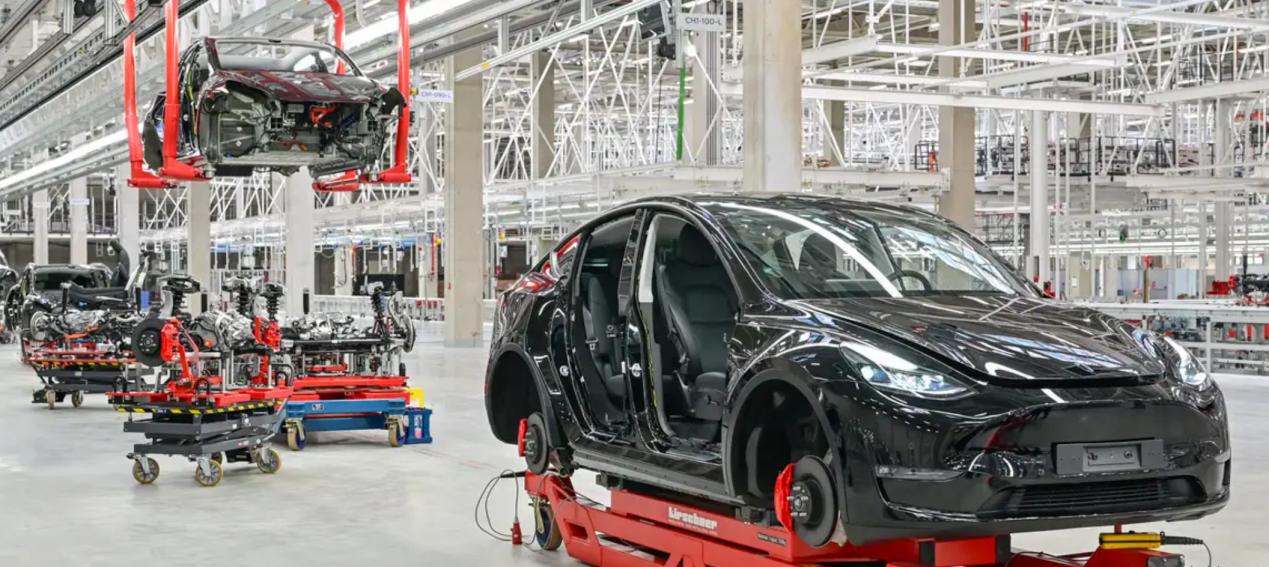
In November 2025, Microsoft's quarterly financial report sent shockwaves through the global tech community: Its stake in OpenAI resulted in a quarterly loss potentially exceeding $12 billion. This figure not only shattered the record for the largest quarterly loss among tech companies but also exposed a deep-seated crisis within the AI industry amid a capital frenzy. While the market was still cheering for breakthroughs in AI technology, a storm triggered by the arms race in computing power, capital rivalry, and conflicts in business logic was reshaping the future landscape of the entire industry.
I. The Capital Frenzy Behind the Astronomical Figures
OpenAI's loss is not an isolated incident but a concentrated eruption of the capital bubble in the AI industry. Based on the financial report, Microsoft holds approximately a 27% stake in OpenAI. The equity method investment led to a 3.1billionreductioninMicrosoft′snetprofit.Fromthis,itcanbeinferredthatOpenAI′snetlossforthequarterreached11.5 billion. When factoring in pre-tax losses and historical equity adjustments, the actual loss could surpass 12billion.Thisfigurefarexceedsitsrevenueof4.3 billion in the first half of the year, creating a dysfunctional ecosystem where "the rate of burning cash far outpaces the ability to generate revenue."
What's even more astonishing is that OpenAI has budgeted 450billionforserverexpendituresbefore2030,withpaymentstocompetitorslikeOracleexceedingthosetoMicrosoft.This"bettingonfuturerevenuewithcurrentspending"modelreflectsthearmsracethatAIcompaniesareforcedintotomaintaintechnologicalleadership.Oraclesawitsstockpricesoarby36135 billion in expected revenue, it has to face the reality of an indefinitely prolonged investment return cycle.
II. Microsoft's Calculated Moves and Strategic Retreat
In the face of OpenAI's massive losses, Microsoft's response strategy showcases the risk management wisdom of a mature tech giant. In October 2025, the two sides signed a new cooperation agreement. While Microsoft retained a 27% stake, it relinquished exclusive supply rights, allowing OpenAI to collaborate with competitors such as Oracle and Google Cloud. Behind this shift lies Microsoft's profound understanding of the volatility in AI demand: When OpenAI proposed a need for 250 gigawatts of data center capacity by 2033 (equivalent to one-third of the United States' peak energy usage), Microsoft chose to have competitors shoulder part of the risk.
Microsoft's financial discipline is on full display. Its Chief Financial Officer Amy Hood's team repeatedly warned that blindly meeting OpenAI's expansion demands could lead to resource waste. Data shows that Microsoft Azure's revenue grew by 40% year-on-year, and the intelligent cloud division's revenue reached $26.8 billion. This steady growth stands in stark contrast to Microsoft's cautious attitude towards capital expenditures. In comparison, Meta's stock price plummeted by 11% in a single day due to a lack of clear AI revenue sources, highlighting Microsoft's deft "balance between technological investment and financial health."
III. The Life-and-Death Race Before Industry Reshuffling
OpenAI's loss crisis has torn apart the facade of the "technology first" myth in the AI industry. Chinese AI companies like iFLYTEK and Cloudwalk Technologies have also fallen into the dilemma of "increasing revenue but not profit." iFLYTEK reported a net loss of 280 million yuan in the first half of 2025, while Cloudwalk has been in the red for eight consecutive years. Kunlun Tech saw its first-quarter net profit attributable to shareholders plunge by 310%. These figures reveal a harsh reality: While the cost of training large language models is growing at a rate of ten times per year, the pace of commercialization is struggling to keep up.
Signs of industry reshuffling are already evident. Microsoft has opened its Azure platform to Musk's xAI and provided support to competitors like Anthropic. Google and Amazon have invested billions of dollars in Anthropic. These moves mark the entry of AI infrastructure competition into an "open ecosystem" phase. Although OpenAI has reached a $1 trillion infrastructure deal with Nvidia, its consumer hardware intellectual property rights are excluded from Microsoft's cooperation scope, indicating a fierce tug-of-war between technological monopoly and commercial interests.
IV. From Technological Frenzy to Value Restoration
OpenAI's loss crisis, in essence, represents an inevitable pain point as the AI industry transitions from a technological exploration phase to a commercialization phase. When the cost of computing power becomes unbearable and regulatory scrutiny looms large, companies must rethink their development paths: Should they continue to burn money in pursuit of the utopia of Artificial General Intelligence (AGI), or should they focus on vertical sectors to achieve self-sufficiency? Microsoft's case offers a possible solution - diversifying risks through an open ecosystem and achieving sustainable profitability through technology licensing and cloud services.
This crisis also serves as a wake-up call for investors: AI is no longer a surefire "money-printing machine" but a capital game that requires precise calculations. When Amazon raises its capital expenditures to 125billionandMicrosoftanticipatescapitalspendingexceeding94 billion in the 2026 fiscal year, the market needs to be vigilant: Are these astronomical figures the keys to the future or black holes that devour profits?
OpenAI's $12 billion loss may well mark a turning point for the AI industry to return from frenzy to rationality. When the tide recedes, only those companies that can maintain technological leadership while building a healthy business model will emerge victorious in this marathon.

The global electric vehicle market in 2025 is experiencing intense turbulence. Tesla, once a disruptor that reshaped the industry landscape, is now mired in an unprecedented sales crisis.
The global electric vehicle market in 2025 is experiencing …
Recently, Chinese telecom companies Huawei and ZTE signed a…
Recently, according to Xinhua News Agency, Israel's air str…
A strongly worded report from the Equality Trust argues tha…
On November 27, 2025, Alibaba officially entered the global…
The focus of the global financial market in 2025 has always…